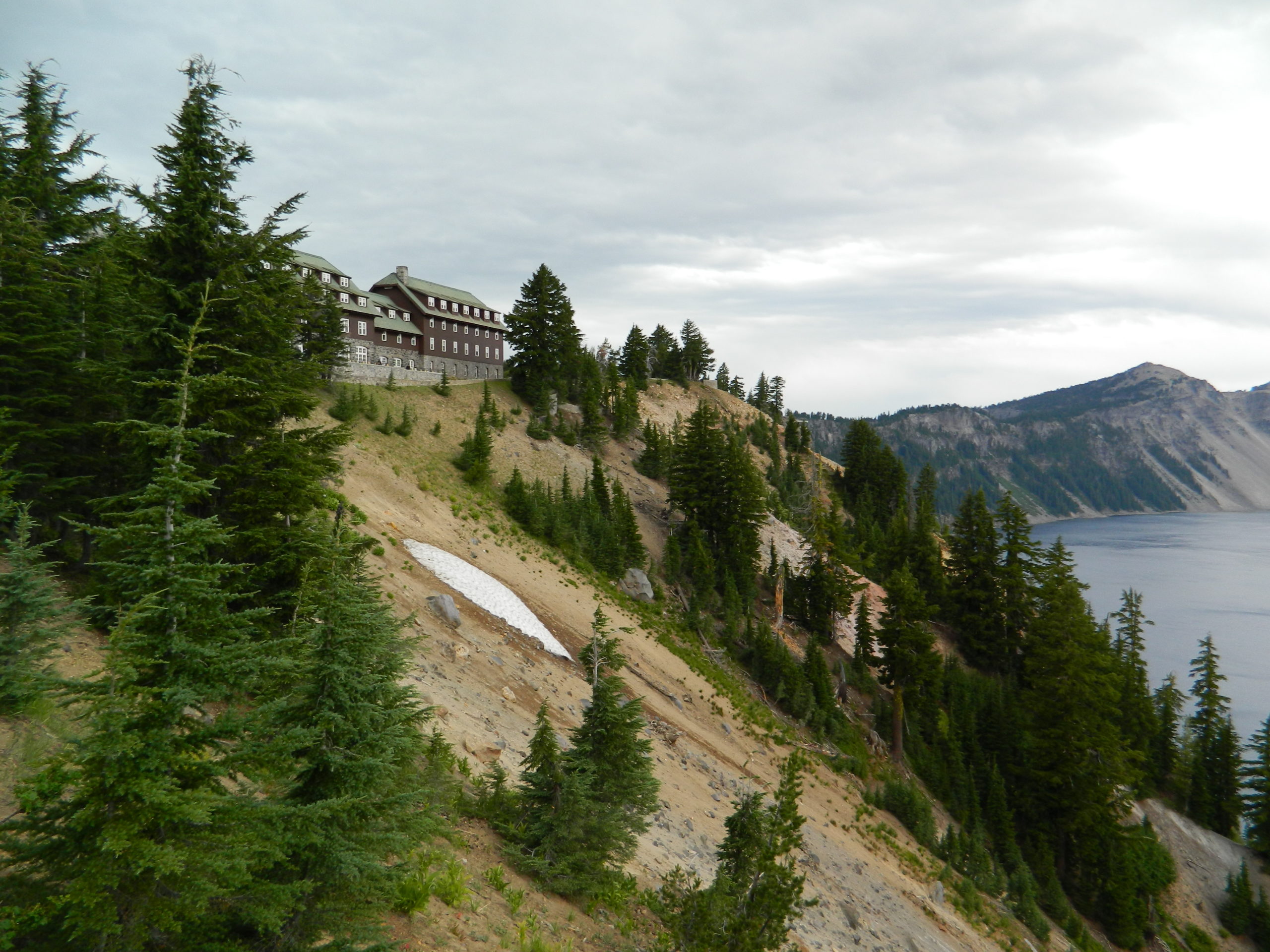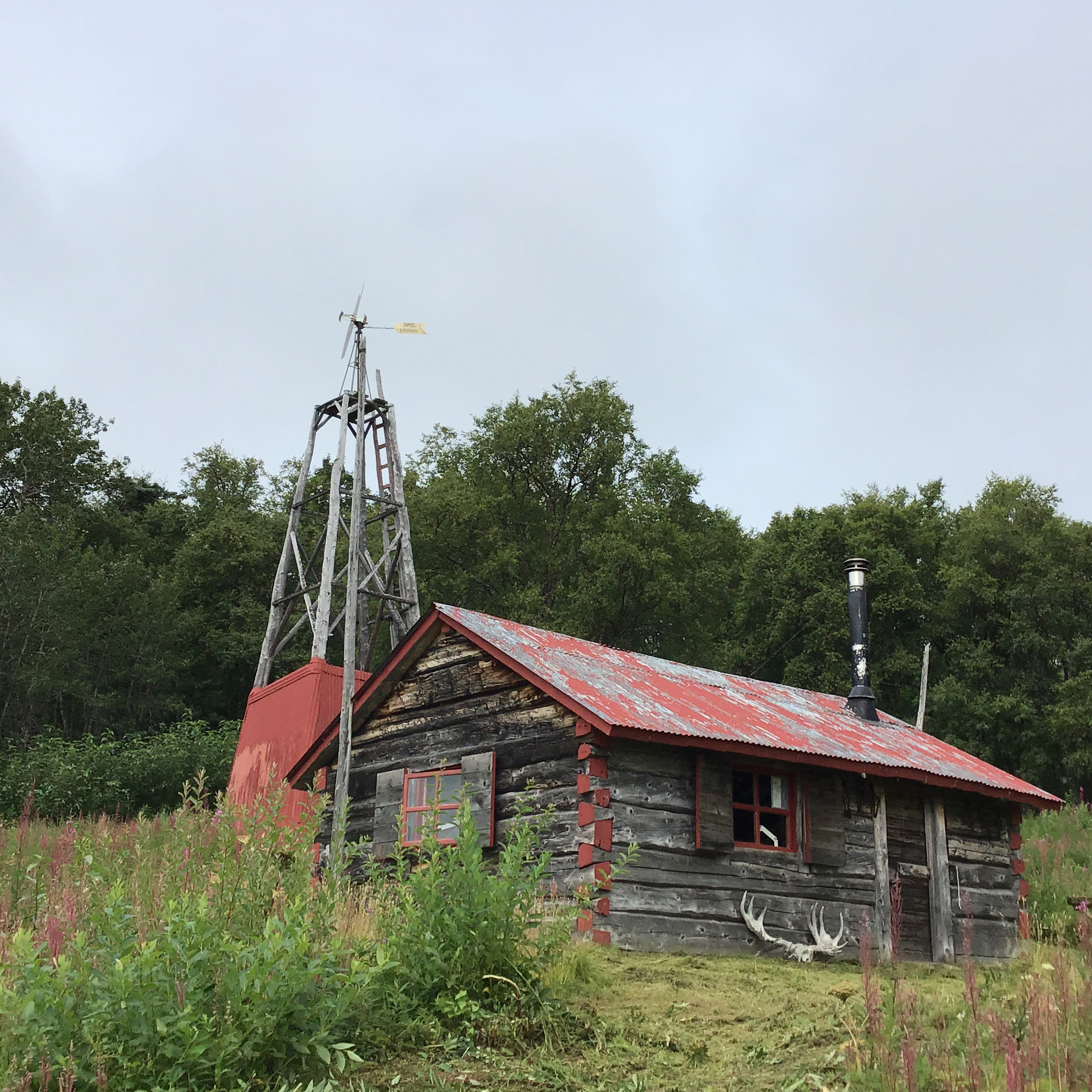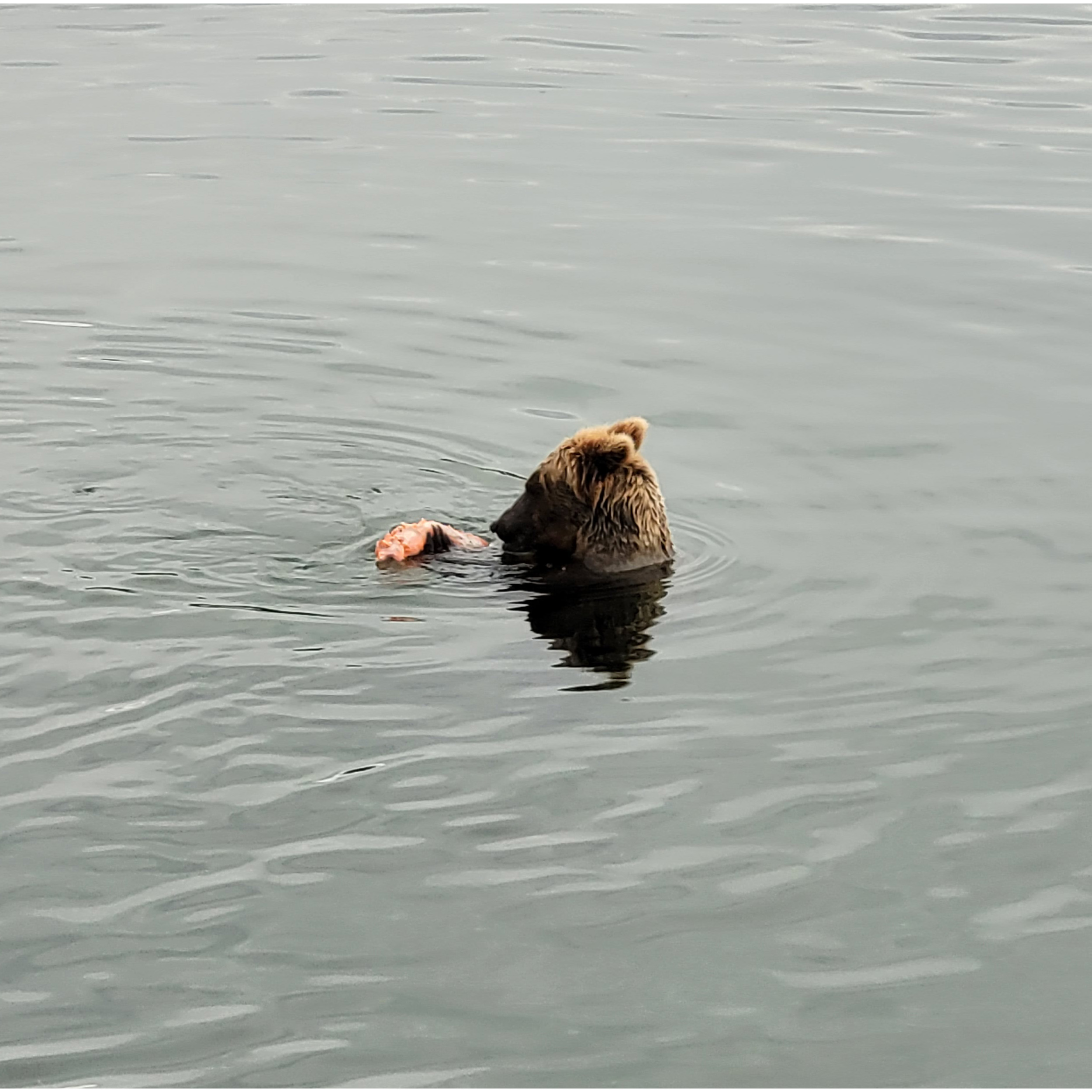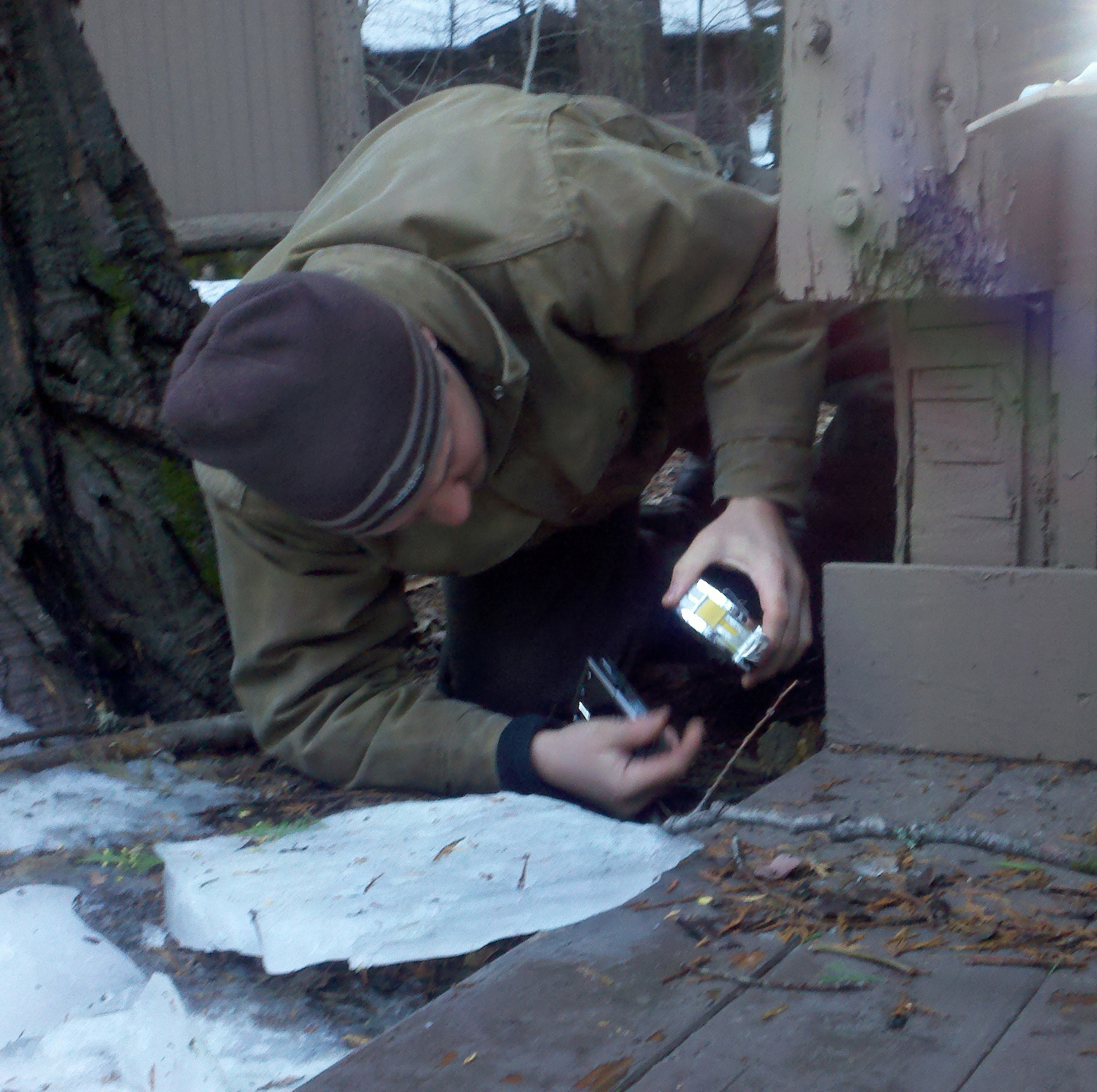This is a continuation of FFA’s conversation with the NPS team of architects and architectural historians, Barbara Clement, AIA, NCARB, Stewart Thompson, AIA, LEED AP BD+C, and Brooke Willoughby, Historic Preservation Specialist, to discuss the role of architecture and their roles as citizens in maintaining our treasured national historic structures and landscapes.
FFA has contributed architectural expertise to the preservation of our nation’s land, culture, and buildings throughout the Western United States. Today’s challenges of preservation intersecting with climate change and inclusivity allow for a lot of opportunities at our nation’s parks and facilities. Being in a position of trust to rehabilitate facilities to meet the needs and accommodate the users of today is a huge honor. FFA wanted to learn more about the impact these projects have had on the practice and on those who work on these projects.
FFA – The regions where FFA works are primarily on the west coast, the southwest, and Alaska (Pacific West Region). Tell us about the places you have gone over the course of your career. What was your takeaway from working in these parks and communities?
Brooke –Sequoia and Kings Canyon National Park, Brooks Camp in Katmai National Park and Preserve, Pinnacles — those are the three I’ve been to since joining FFA in 2021. I feel grateful too, because many are in remote locations and not places you can normally get to because of affordability and access. Our next trip is to Kennecott Mines in Wrangell-St. Elias National Historic Landmark in Alaska – talk about remote! I feel grateful for the opportunity to go there and meet the people who live there. Gratitude is my takeaway.
The same occurs when you sit in the shadows of giant sequoias. It’s SO quiet. Even when there are dozens of people around. It’s awe inspiring to sit in the presence of those trees that have been alive for 3,000 years and withstood earthquakes and fires. To have an opportunity to travel and see the world and know that your career is dedicated to expanding and enhancing visitor understanding and providing appropriate accommodation is very rewarding. Learning how to dial in architectural efforts has been my big takeaway. Just because you can make grand gestures as an architect, doesn’t mean you should. Exercising that restraint is key.
Stewart – The parks are a gift to the entire world. They are not just for Americans, though our identity as Americans is part of it. These are global heritage sites, global resources, we just happen to live here. They attract people from everywhere.
Barbara – When you go to places where permafrost is melting and the roads are sinking and grizzly bears are walking across the mountains and Dall sheep are crossing the road, and you realize you are one of four humans in the back-country of the park, you take a moment to recognize the magnitude of the world and perspective of who you are as a human being.
FFA – How is the changing climate impacting design and preservation of these structures, and what is the thinking for future structures?
Stewart – Fire and flooding for sure. We are learning all the time with climate change what structures are exposed to more of a threat. Many of these are historic. Fire and flood levels must be a consideration in Historic Structure Reports.
Brooke – We have to be thinking a lot about cultural and historic resources and how to include the fire story into reports. We read about this every day. The parks are trying to catch up on how to address climate change. It’s important to have a dialog, and sometimes it’s us initiating it.

FFA- Why is this work important to you?
Stewart – Its important because it’s a fantastic laboratory to practice architecture in because it touches humanity. You get down to the things we have in common, not the things that separate us, but the things that unite us.
Brooke – I think for me, I feel like maybe this goes way back. I feel like I was predisposed to get into this line of work. I grew up with my mom and grandma refinishing antiques. We had an icepick as a paper towel holder in the kitchen and a butter churn in the living room. I didn’t appreciate it as a kid, but now I have this appreciation for the fact that buildings are tangible connections to the past and they have become important to the parks.

Barbara – There are stories to tell, like Minidoka and some of American’s dark history. Part of our work is to tell the story in a factual way to accommodate people’s ability to learn with an accurate depiction and exposure. Our job is to provide that in a universal way and remain unbiased. When there’s an important story to tell — whether it’s the story of indigenous people or species– it’s our job to be thorough and astute to ensure the stories don’t get lost. You don’t get those back. Preserving the story and the understanding means that maybe we don’t repeat some of our mistakes, whether genocide or the harmful impacts humans have had on the planet.

FFA – Any other takeaways to share?
Barbara – FFA has always been very inclusive of a wide range of project types. The firm’s founder, Bill Fletcher, was a very strong regionalist architect and the roots of where FFA came from were grounded in place, in recognition of community, environment, integrity in design, and use of materials. What we are called on to do is unique. For some people it’s a natural fit, for some it’s not. When I got here, I felt relieved, because I knew it was right and I never had to question that.
With the parks service work, we don’t have extravagant budgets. Because of that, everything we do must be accountable. If we can make something do three or four things at once, that’s a good thing. It’s a real intellectual, design, aesthetic, and preservation challenge. We’ve done well navigating this and our clients express their gratitude for our contributions.
Brooke -I knew I wanted to work on historic buildings. I traveled around the world and studied historic architecture. At that time, sustainability involved mostly new technology. Now it’s recognition of decarbonization of existing buildings. There are so many buildings that are amazing historic resources. Doing historic structures reports can shed light on the history, the adaption, and maintenance of the character and feeling. Getting that early work done informs how buildings might be adaptively reused.




Make sure to read part 1 of our interview – “FFA’s Historic Preservationists Discuss Their Work with the National Park Service“

